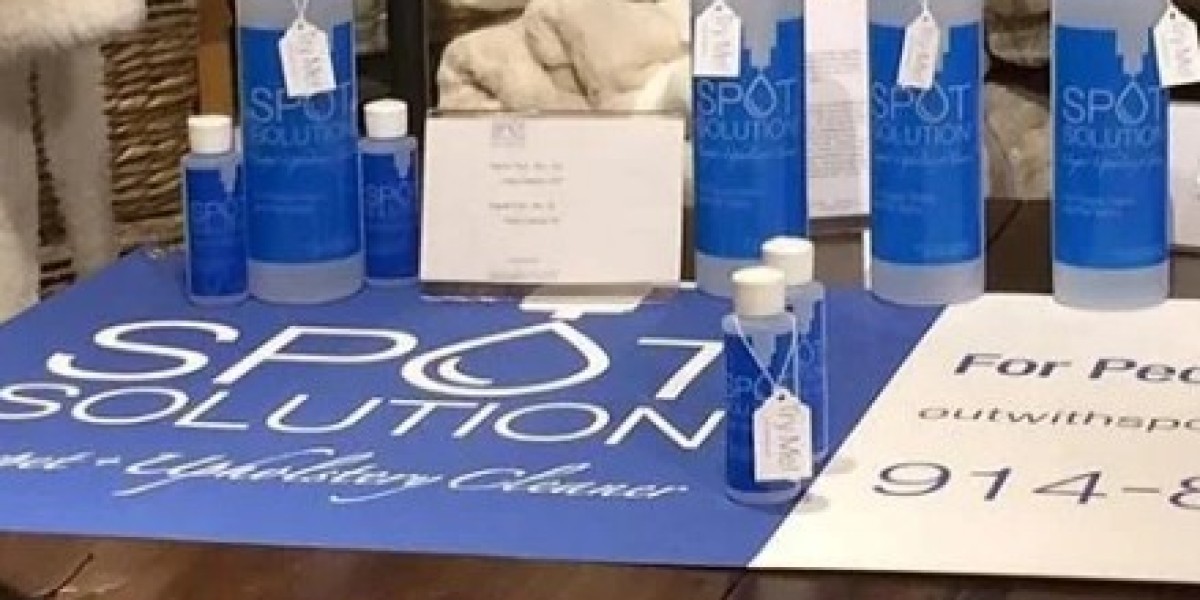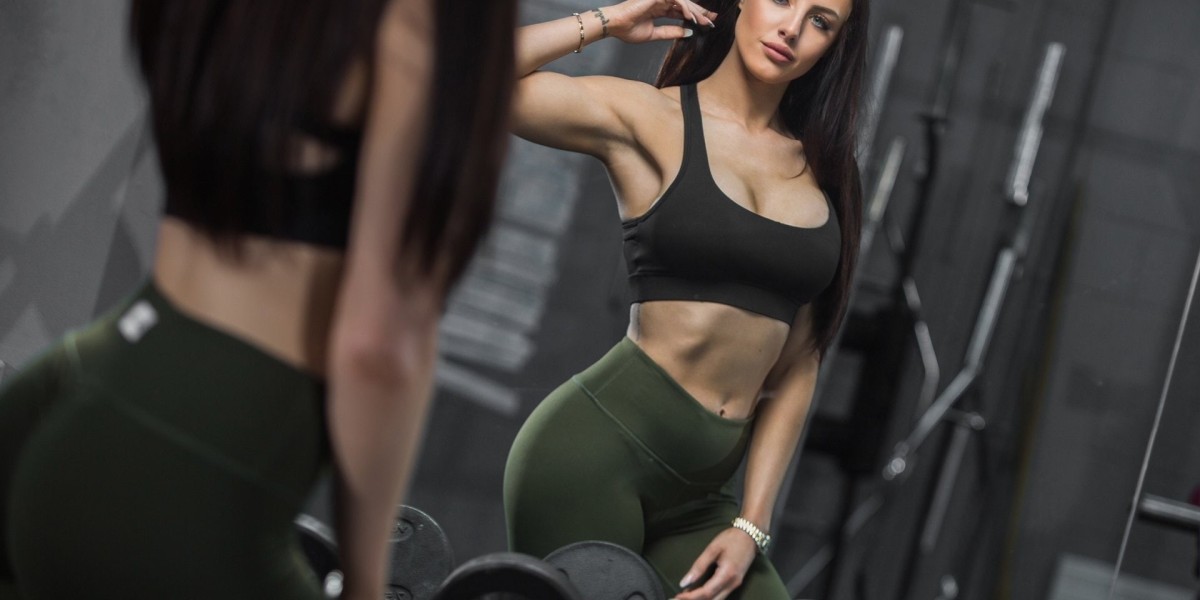Understanding Stains
Types of Stains
Stains can be categorized into two types: water-based stains and oil-based stains. Water-based stains include coffee, tea, wine, and blood, while oil-based stains include grease, oil, and makeup.
Causes of Stains
Stains can be caused by a variety of sources, such as food, beverages, cosmetics, and even natural body oils. The longer a stain sits, the more difficult it is to remove, so its important to act quickly when a spill occurs.
Common Stain Remover Ingredients
There are many different types of stain remover ingredients available, each with its own unique properties and uses. Here are some of the most common ingredients found in stain removers:
Enzymes
Enzymes are proteins that break down organic matter, such as food stains and natural body oils. Theyre commonly found in laundry detergents and can be effective in removing tough stains.
Hydrogen Peroxide
Hydrogen peroxide is a powerful oxidizer that can break down both water-based and oil-based stains. Its commonly found in laundry stain removers and can also be used as a DIY stain remover.
Sodium Chlorite
Sodium chlorite is a bleaching agent thats effective in removing tough stains, such as coffee and tea. Its commonly found in commercial stain removers and can be used on both clothing and hard surfaces.
Sodium Bicarbonate
Sodium bicarbonate, also known as baking soda, is a mild abrasive that can help to lift stains from surfaces. Its commonly used in DIY stain removers and can be effective on both water-based and oil-based stains.
White Vinegar
White vinegar is a natural cleaning agent that can help to break down stains and neutralize odors. Its commonly used in DIY stain removers and can be effective on both clothing and hard surfaces.
DIY Stain Removers
If you prefer to make your own stain removers, there are many different DIY options available. Here are a few popular recipes:
Baking Soda and Hydrogen Peroxide
Mix equal parts baking soda and hydrogen peroxide to form a paste. Apply the paste to the stain and let it sit for 15-20 minutes before washing or wiping away.
Vinegar and Baking Soda
Mix equal parts vinegar and baking soda to form a paste. Apply the paste to the stain and let it sit for 15-20 minutes before washing or wiping away.
Lemon Juice and Salt
Mix lemon juice and salt to form a paste. Apply the paste to the stain and let it sit for 15-20 minutes before washing or wiping away. This method works particularly well on rust stains.
Stain Removal Tips for Specific Surfaces
Different types of stains require different types of treatment depending on the surface they are on. Here are some tips for removing stains from specific surfaces:
Clothing and Fabrics
- Act quickly when a stain occurs. The longer a stain sits, the more difficult it is to remove.
- Blot the stain with a clean cloth to remove as much of the stain as possible.
- Use a stain remover thats appropriate for the type of stain youre dealing with.
- Always check the care label on your clothing before attempting to remove a stain.
Carpet and Rugs
- Blot the stain with a clean cloth to remove as much of the stain as possible.
- Use a carpet cleaner or stain remover thats appropriate for the type of stain youre dealing with.
- Test any stain remover on an inconspicuous area of the carpet first to ensure it doesnt cause discoloration.
- Avoid using too much water when cleaning a stain from carpet, as it can cause the stain to spread.
Upholstery
- Blot the stain with a clean cloth to remove as much of the stain as possible.
- Use a stain remover thats appropriate for the type of stain youre dealing with.
- Test any stain remover on an inconspicuous area of the upholstery first to ensure it doesnt cause discoloration.
- Use a clean, dry cloth to blot up any excess moisture after cleaning a stain from upholstery.
Hard Surfaces
- Use a stain remover thats appropriate for the type of stain youre dealing with.
- Test any stain remover on an inconspicuous area of the surface first to ensure it doesnt cause damage or discoloration.
- Use a clean, damp cloth to wipe away any residue after cleaning a stain from a hard surface.
Stain Prevention Tips
Preventing stains is often easier than removing them. Here are some tips for preventing stains from occurring:
- Use coasters and placemats to protect surfaces from spills and stains.
- Treat stains as soon as they occur.
- Avoid wearing light-colored clothing when eating or drinking foods that are likely to cause stains.
- Use a stain-resistant spray on clothing and upholstery to make them more resistant to stains.
Conclusion:
Stains can be frustrating, but they dont have to be permanent. With the right stain remover and a little elbow grease, even the toughest stains can be removed. Whether youre dealing with a spill on your clothing or a stubborn mark on your carpet, the tips and tricks in this article will help you tackle any stain with ease.








